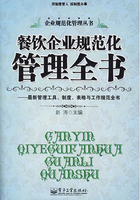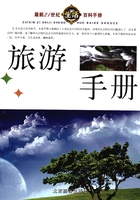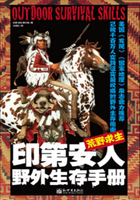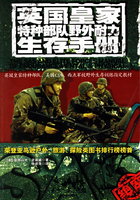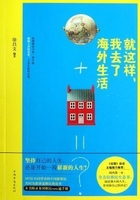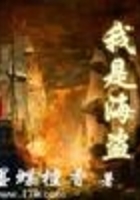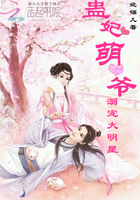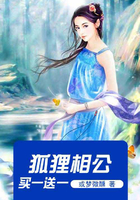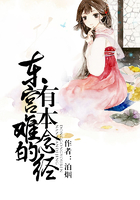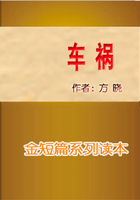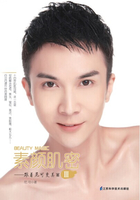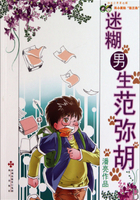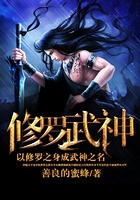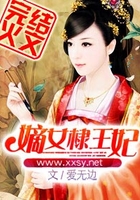During the Warring State Period, along with therapeutic principles for diagnosis and treatment based on an overall analysis of symptoms.
There were well-known physicians in ancient times, including Bian Que (扁鹊) of the early Warring States Period and Hua Tuo (华佗) of the Eastern Han Dynasty. They were honored as miracle workers for their skill in medical treatment. In the following 1,000 years, medicinal theory and practice continued and advanced; and many medical experts and books emerged in large numbers. At present, there are 13,000 types of Chinese medical books.
Notes:1)property属性;2)relieve减轻;3)symptom症状; 4)prick刺(穿);5)diagnosis诊断;6)pathogenic引起疾病的;7)miscellaneous各种各样的;8)theoretical理论的;9)the-rapeutic治疗的;10)physician内科医生
2.什么是“三宝”和“气”?
What is san bao and qi?
Nature includes air, water, and earth. In the same way, about 200 B. C.—300
B. C., the Chinese medicine assumes that the human body possesses qi (气), moisture and blood. Qi refers to“energy”; it is the force behind all bodily movement. Moisture refers to the liquid substance that protects and nurtures tissue. Blood is the basic substance from which bones, nerves, skin, muscles and organs are produced.
According to Chinese theory, there are three treasures, that is san bao (三宝). These are jing (精, a book called Medical Classic of the Yellow Emperor (《黄帝内经》) appeared. This book explains the foundations of human health and illness with illuminating discussions of the doctrine of yin-yang and the Five-elements (五行学), essence), qi, and shen (神, spirit). Shen represents consciousness and our higher mental faculties. Qi is the root of jing and shen. When qi accumulates, it produces jing, and when jing accumulates, it in turn makes shen wholesome. One basic notion of Chinese medicine is that qi must circulate through living organisms,它对中华民族的繁荣昌盛起了重大作用。中国医药学有自己独特的理论和体系, and when this circulation stops, disease results. So many treatments are to get qi to flow properly and to prevent it from being blocked.
400 years later, Zhang Zhongjing (张仲景) from the Eastern Han Dynasty wrote a book entitled Treatise on Febrile Diseases and Miscellaneous Diseases (《伤寒杂病论》). This book first provided theoretical basis for Chinese medicine, stone needles) and bone needles came into being.
Notes:1)moisture湿气;2)motivate激发;3)consciousness意念;4)accumulate累积;5)wholesome强健的;6)organism有机体
3.什么是阴阳学说?
What is yin and yang?
Yin and yang derives from Daoism which regards them as“the fundamental principles”or“forces in the universe.”In Chinese theory, everything contains these two contracting principles.
Heaven is considered as yang; the earth is yin. Yin and yang are not simply oppose to each other; they coexist in interdependence. Thus, there would be no earth without heaven. Moreover, yin may transform into yang and vice versa. In the human body, the upper part is yang, the lower part yin; the exterior is yang, they found that some foods had specific properties for relieving or curing certain diseases. While warming themselves around a fire, the interior yin; the back is yang, the abdomen yin. With regard to internal organs, the heart, liver, spleen, lung and kidney are yin, while the six intestinal organs are yang. These are the gallbladder, the stomach, they discovered that warming a patient with hot stone or earth wrapped in bark or an animal skin can relieve the symptoms of certain diseases. They noted by chance that pain in one part of the body was alleviated when some other part was pricked. This treatment with bian shi (扁石, the large intestine, the small intestine, the urinary bladder and the triple warmer.
The harmony of yin and yang produces good health; disharmony leads to disease. Therefore, traditional Chinese doctor uses acupuncture, herbs and food to help correct an yin-yang imbalance until the body returns to a healthy state. For example, a preponderance of yang (阳盛) may lead to the hyper-function of an organ or heat manifestations (热症). So cooling drugs are used to inhibit the excessive yang. On the contrary, a preponderance of yin leads to manifestation of cold or weakness in function of an organ. In this case,本篇主要介绍中国医药学的基本特点和部分独特的治疗方法。
1.你能简介中医的历史吗?
the description of the human body and its organs, qi and blood, pathogenic agents, concepts of disease, principles of diagnosis, and a variety of therapies.
What is the history of traditional Chinese medicine?
Traditional Chinese Medicine has a long history. In remote antiquity, warming drugs are used to restrict the predominance of yin.
Notes:1)derive衍生出;2)component成分;3)interior内的;4)abdomen腹部;5)organ器官;6)bowel肠;7)gallbladder胆囊;8)intestine肠;9)urinary泌尿的;10)interdependence互相依赖;11)vice versa反之亦然;12)disharmony不一致;13)im-balance不均衡状态;14)preponderance优势;15)hyper-function作用亢进;16)manifestation显示
4.什么是五行学说?
What is the theory of the Five Elements?
The Five Elements are five basic substances of natural phenomenon. These include wood, fire, earth, metal, and water. In accordance with their different properties, functions and forms, traditional Chinese medicine attributes the liver to wood,中国医药学是中国文化的一个宝库, the heart to fire, the spleen to earth, the lung to metal and the kidney to water. This attribution understands the physiology and pathology of the human body in interrelation with a person and physical nature. The Five Elements are interrelated as follows: Wood begets fire, fire begets earth, earth begets metal, metal begets water, and water, when our ancestors searched for food, in its turn, nourishes wood. In turn, wood subdues earth, earth subdues water, water subdues fire, fire subdues metal, and metal subdues wood. The same applies to the human physiology: the liver (wood) stores blood to nourish the heart (fire); the heat of the heart (fire) warms the spleen (earth); the spleen (earth) transforms and distributes food essence to replenish the lung (metal); the lung (metal) dredges the water passages to help the kidney (water); and the vital essence of the kidney (water) nourishes the liver (wood). A traditional doctor thus first seeks to nourish the spleen before curing illness in the lung.
Notes:1)attribution归因;2)physiology生理学;3)in-terrelation相互关系;4)subdue制服;5)replenish把……装满;6)dredge疏浚;7)passage通路

